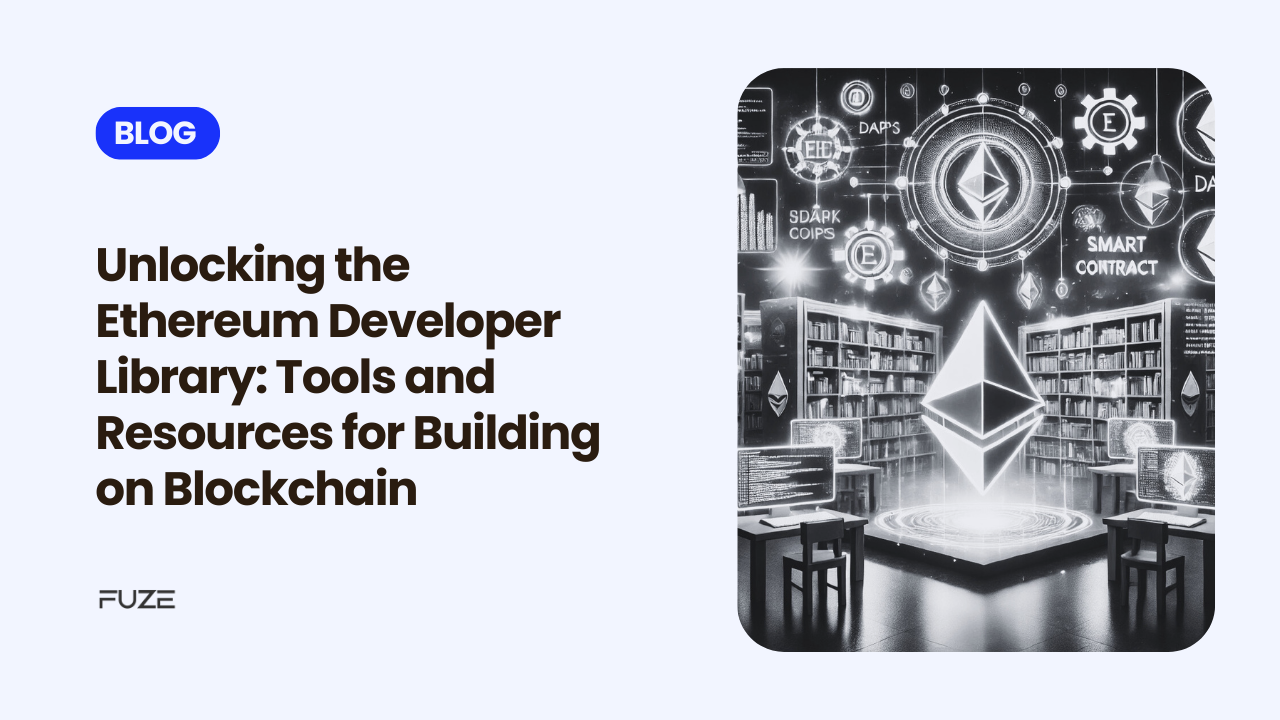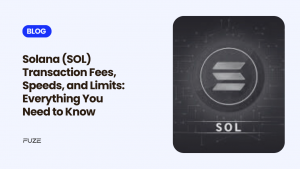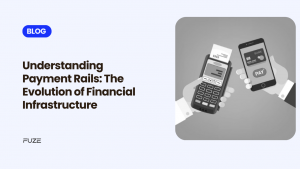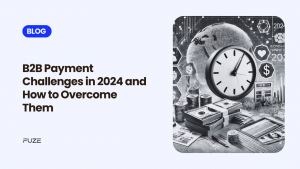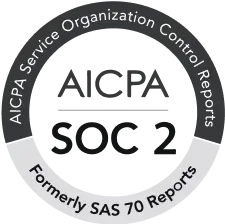Ethereum has become the cornerstone of blockchain innovation, empowering developers to build applications that redefine industries. For developers, the Ethereum ecosystem offers an array of tools and resources collectively known as the Ethereum Developer Library. This treasure trove is essential for anyone looking to harness Ethereum’s potential, whether they’re launching their first smart contract or scaling enterprise-grade solutions.
In this guide, we’ll delve into the essential tools, frameworks, and resources that form the Ethereum Developer Library and how developers can use them to build impactful blockchain solutions.
Why Ethereum? The Developer’s Perspective
Ethereum’s widespread adoption is no coincidence. Its programmable nature and extensive developer resources make it the go-to blockchain for innovation. Some key features that drive this popularity include:
- Smart Contracts: Ethereum introduced programmable contracts, enabling complex, trustless interactions.
- Interoperability: Seamless integration with various tools, dApps, and decentralised finance (DeFi) protocols.
- Scalability Advancements: Solutions like Ethereum 2.0, Layer 2, and rollups improve performance and reduce costs.
These attributes make Ethereum a fertile ground for building everything from DeFi platforms to non-fungible token (NFT) marketplaces.
Essential Tools in the Ethereum Developer Library
The Ethereum Developer Library is vast, but certain tools stand out for their utility and reliability. Here’s an overview of the most indispensable ones:
1. Solidity: The Backbone of Smart Contracts
Solidity is Ethereum’s primary programming language, specifically designed for creating smart contracts. Its similarities to JavaScript and C++ make it beginner-friendly, while its robust capabilities allow developers to build complex decentralised systems.
Why use it?
- Native support for Ethereum Virtual Machine (EVM).
- A wealth of documentation and examples for learning.
2. Remix: Online IDE for Ethereum
Remix is an integrated development environment (IDE) that simplifies coding, testing, and deploying smart contracts. It’s a browser-based tool with intuitive debugging and deployment capabilities.
Key features:
- Plugin support for extending functionality.
- Built-in testing and debugging tools.
- Direct connection to Ethereum networks.
3. Truffle Suite: Development Framework
Truffle is an all-in-one framework that streamlines dApp development. It provides tools for compiling, deploying, and testing smart contracts.
Highlights:
- Built-in asset pipeline for managing code.
- Network management for deployment to multiple environments.
- Interactive console for debugging and testing.
4. Hardhat: Customizable Development Environment
Hardhat offers a flexible development environment tailored for Ethereum. Its plugins and task management features provide granular control over the development process.
Why developers love it:
- Custom plugins for specific tasks.
- Compatibility with major Ethereum libraries.
- Built-in tools for error handling and debugging.
5. Ganache: Local Blockchain Simulator
Ganache is a part of the Truffle Suite and simulates a blockchain network on your local machine. It’s perfect for testing and debugging in a controlled environment.
Key features:
- Fast and efficient local blockchain simulation.
- Detailed transaction logs for debugging.
- Configurable block parameters.
Additional Libraries and Tools to Explore
Web3.js and Ethers.js
These libraries enable developers to interact with the Ethereum blockchain. While Web3.js is Ethereum’s official JavaScript library, Ethers.js offers a lightweight, modular alternative.
Use cases:
- Connecting dApps to Ethereum nodes.
- Signing and broadcasting transactions.
- Reading and writing smart contract data.
OpenZeppelin
OpenZeppelin is a library of reusable, audited smart contract templates. It simplifies building secure contracts and accelerates development.
Key components:
- ERC standards (e.g., ERC-20, ERC-721).
- Access control and security modules.
- Extensive documentation and tutorials.
The Graph
The Graph enables querying blockchain data efficiently through subgraphs. It’s ideal for developers building data-intensive dApps like DeFi dashboards or analytics platforms.
Why it matters:
- Simplifies data retrieval from the blockchain.
- Reduces on-chain computation costs.
- Integrates seamlessly with Ethereum.
Getting Started: Step-by-Step Approach for Developers
- Learn the Basics: Start with Solidity and familiarise yourself with Ethereum’s architecture and smart contracts.
- Experiment Locally: Use Ganache to simulate blockchain environments and test your contracts.
- Secure Your Contracts: Use OpenZeppelin templates to build accurate and secure smart contracts.
- Deploy: Leverage Truffle or Hardhat for a structured deployment process.
- Scale and Optimise: Integrate Layer 2 solutions and tools like The Graph for better performance.
Why the Ethereum Developer Library Matters for Businesses
For enterprises looking to adopt blockchain, the Ethereum Developer Library is invaluable. Businesses can leverage these tools to build scalable, secure, and innovative solutions tailored to their needs.
Examples of enterprise use cases include:
- DeFi Integration: Launching decentralised finance platforms or integrating existing services.
- Tokenization: Creating tokens for real-world assets or internal ecosystem use.
- Supply Chain Transparency: Building dApps for traceability and accountability.
Final Thoughts
The Ethereum Developer Library is more than just a collection of tools; it’s a gateway to transforming ideas into blockchain-powered realities. Whether you’re an aspiring developer or an enterprise innovator, these resources provide everything you need to succeed in the Ethereum ecosystem.
As blockchain technology continues to reshape industries, mastering these tools and best practices will keep you ahead of the curve. Dive into the Ethereum Developer Library today and take the first step toward building the decentralised future.
Disclaimer: Virtual assets carry significant risks, including high volatility and potential loss of your entire investment. They are not backed by governmental protections, and recourse may be limited in case of loss. Always assess your risk tolerance, fully understand the risks, and seek independent financial advice if needed before investing.
Frequently Asked Questions
1. How can Ethereum be used in financial services for institutions?
Ethereum enables institutions to build decentralised finance (DeFi) applications, facilitating secure and efficient transactions, loans, and asset management with reduced intermediaries and costs.
2. Can institutions integrate Ethereum with existing legacy systems?
Yes, institutions can integrate Ethereum with existing systems using middleware, APIs, and smart contract APIs that ensure compatibility with traditional databases and platforms.
3. What are the costs associated with building on Ethereum?
Costs include transaction fees (gas fees) for smart contract execution and network interactions. However, using Layer 2 solutions can significantly reduce these costs.
4. How does Ethereum ensure compliance with regulations?
Ethereum’s transparency and immutability allow institutions to track transactions and ensure compliance with industry standards and regulations like KYC and AML.
5. What support does Ethereum offer for enterprise-level development?
Ethereum offers enterprise-focused tools like ConsenSys Quorum and private blockchain solutions, enabling institutions to build secure, scalable applications tailored to their specific needs.

